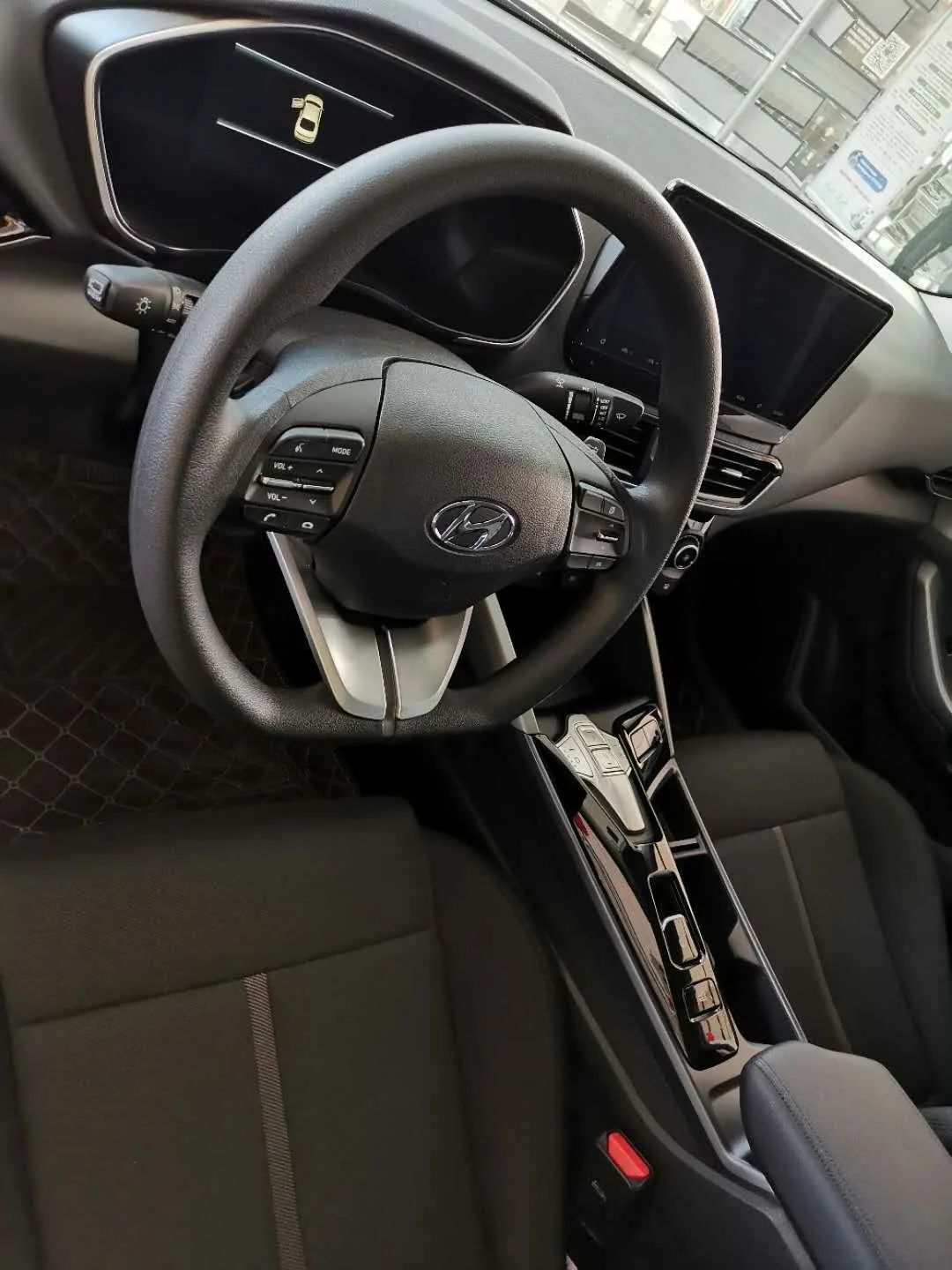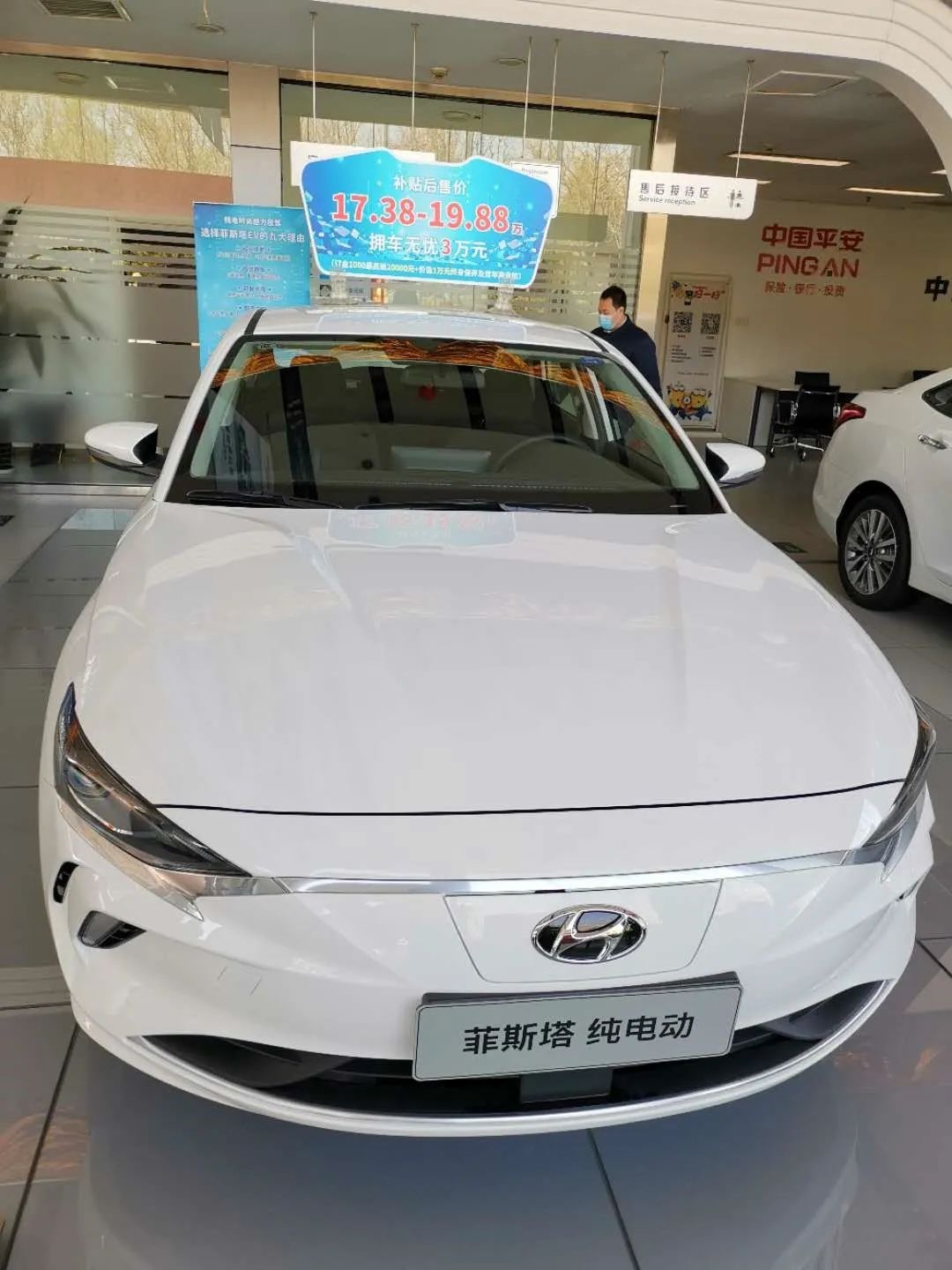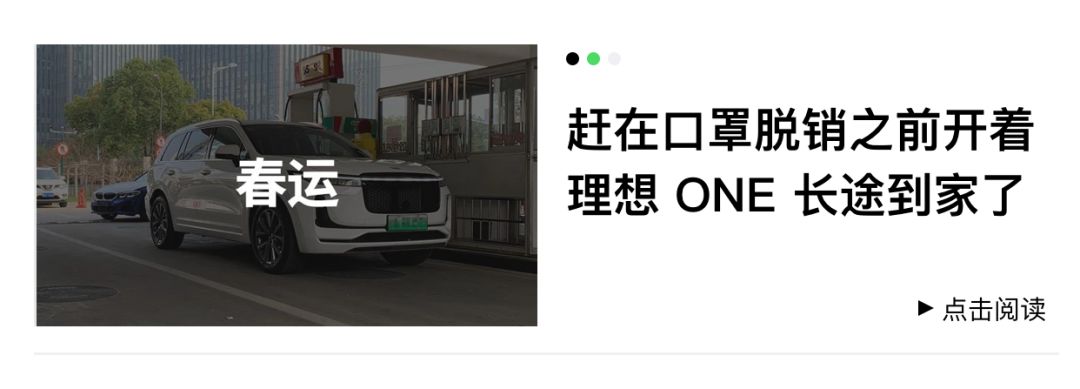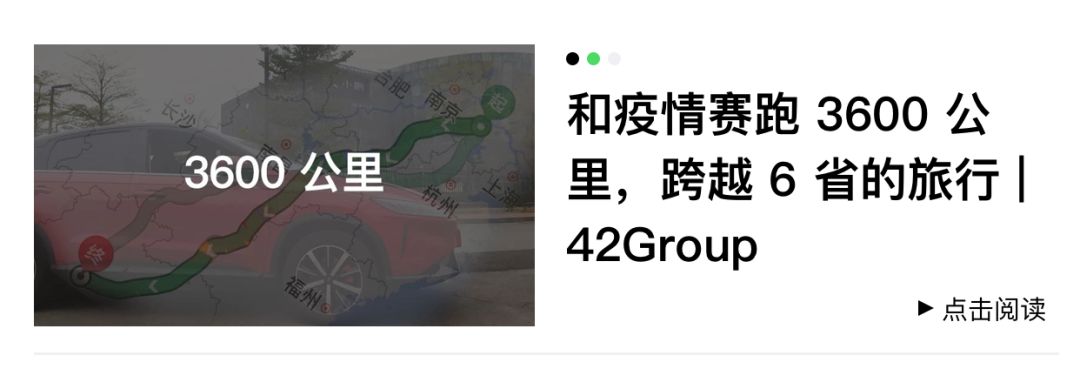This article is from 42HOW community member Guo Junhua
Recently, I have been bombarded with advertisements for the modern Fiesta on Douyin and Toutiao. Due to my trust in the modern brand and its high endurance of 490 km, I went to a shop in Wangjing, Beijing on the weekend to test drive the latest pure electric car, the Fiesta.
Overall, the configuration, workmanship, and price are enough to beat joint venture pure electric cars such as Chevrolet’s Rayvolt, and will also become a major competitor to domestic head pure electric sedans such as BYD Qin Pro EV, GAC Aion S, and Geely Geometry A.
Without further ado, as a PhD in science and engineering, it is necessary to present data first when studying pure electric vehicles, and appearance is secondary.
First, let’s talk briefly about some relevant parameters of the Fiesta:
- Battery capacity 56.6 kWh (Ningde era NCM 523 ternary lithium-ion power battery pack)
- Battery system energy density: 141.4 Wh / kg
- NEDC comprehensive endurance nominal 490 km
- Maximum motor power 135 KW
- Maximum torque 310 Nm
- Electricity consumption per 100 km: 12.7 kWh/100 km
- It takes 40 minutes to fast charge to 80% and 9.5 hours to slow charge.
Of course, it’s not just about facts, appearance is important too. Even if the body has amazing specifications, it can’t be too ugly. The so-called “shark” front face of the Fiesta still has a strong visual impact, which feels quite similar to the GAC Aion S (or I may be biased towards Aion S because I have been liking it a lot recently). The string of car lights running through the back seems to have become the new young fashion standard.
Personally, I prefer the texture of gray matte, which gives me the feeling of watching Thunderbolt Fantasy as a child, but unfortunately, there is no hidden car door or this weird silver line. I personally don’t like it very much, otherwise, the appearance of this car is definitely not inferior to a Model 3.
As for the interior, I’m not too picky. As long as it’s not like the BYD e series, which is full of hard plastic, it’s acceptable.
 Although the central control screen is now 10 inches, it comes with an embedded Baidu Car Life and some touch shortcut keys below the screen. Compared to mainstream domestic brands, its functions are not very rich, but the commonly used functions in daily life are adequate. The overall operation logic is clear and easy to use, but the traditional layout of gasoline vehicles with too many keys feels somewhat lacking in future-oriented design. After becoming familiar with it, “sky falling and five words flying” won’t be a big deal.
Although the central control screen is now 10 inches, it comes with an embedded Baidu Car Life and some touch shortcut keys below the screen. Compared to mainstream domestic brands, its functions are not very rich, but the commonly used functions in daily life are adequate. The overall operation logic is clear and easy to use, but the traditional layout of gasoline vehicles with too many keys feels somewhat lacking in future-oriented design. After becoming familiar with it, “sky falling and five words flying” won’t be a big deal.
One thing worth mentioning is that the button-style shifter design rescues the outdated feeling brought by the traditional buttons below the screen, igniting excitement once again!
Another small detail to remind everyone of is that the charging port is located in the modern “H” position. However, the way it opens is slightly different from the usual front charging port. Instead of pressing the entire car logo, you need to press the black upper half of the “H” logo. It took me several attempts to open it during the test drive…
As for the actual driving experience, there is no need to say much. The interior space is comfortable enough, and the pure electric car’s acceleration, rapid start, and lane assist are all present. The German Continental electric motor is definitely reliable. One advantage is that there are four driving modes, and you can long-press to enter the super power-saving mode, which is convenient and energy-saving!
As for some small drawbacks, or something I’m not used to personally, the brakes feel a bit soft, and adjusting the power recovery is somewhat cumbersome. There are too many four recovery gear positions, and the temperature control system does not seem to be introduced yet, indicating that it may not be quite perfect. However, it requires actual winter range testing, and I won’t say anything more about it here.
Finally, regarding the price, it is between 173,800 to 198,800 yuan, and you can get a 20,000 yuan discount and 6,000 yuan of commercial insurance and 5,000 yuan of lifelong maintenance. It is really an aggressive strategy to offer such a great deal right after its launch!
In short, this brand, this cost-performance, this workmanship, are flawless! Those who like it can get on the car anytime. Didi, the experienced driver is about to start haha.



This article is a translation by ChatGPT of a Chinese report from 42HOW. If you have any questions about it, please email bd@42how.com.


